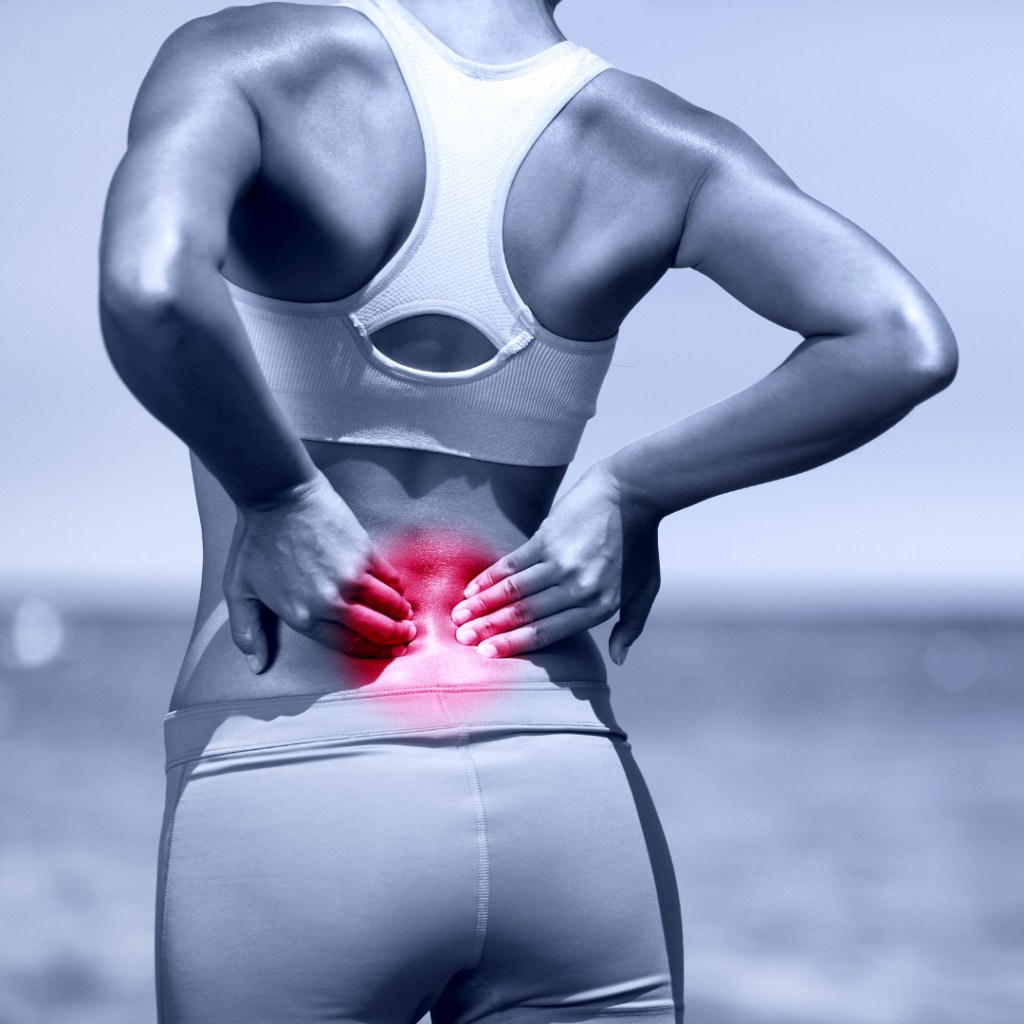Connection between Chronic LBP and Pelvic floor dysfunction

Is there a connection between chronic LBP and Pelvic floor dysfunction?
Recent studies have shown that there might indeed be a connection. Patients struggling with Lower Back Pain have been observed to also have Pelvic floor dysfunction. The incidence of these two conditions is more common than most physicians actually know.
It will interest you to learn that about 85% of people, mostly women who report cases of chronic lower back pain also have pelvic floor dysfunction. In fact, many of these women didn’t know their chronic back pain was connected to their pelvic floor dysfunction.
Apparently, that’s how ignorant a lot people are about these conditions. Here’s how Lower Back Pain and Pelvic floor dysfunction go hand-in-hand.
The pelvic floor muscles hold up the lower organs – bladder, uterus, rectum, etc. This pelvic muscle is linked to a group of other muscles joining up to hold the spine together.
They’re all connected!
So it’s absolutely logical that if there’s a dysfunction in a particular area there, it would affect the other muscles in the area. Research has shown that people with lower back pain have significantly lower pelvic floor muscle efficiency when compared to people who don’t have any lower back pain (LBP).
It stands to good reason that if Lower Back Pain can be tackled effectively then women and people in general who have pelvic floor dysfunction will gain the relief they need and go back to leading their normal lives.
People mostly at risk for these conditions include athletes, old people, prenatal and postnatal women. These groups of people have all had their pelvic floor muscles strained by hard activity, wrong exercise, child birth or age.
If a woman (or anyone) has challenges regarding incontinence, painful intercourse, painful childbearing, sexual dysfunction, prolapsed, diastasis recti and other pelvic related problems, then there’s likely to be a connection between their pelvic floor dysfunction and lower back pain.
In essence, they’re likely to have lower back problems too.
One of the best ways to combat Pelvic floor dysfunction is core strengthening. Activities like yoga, pilates and other stretching exercises can really help in building the core to be stronger. A stronger core will not only lead to an end of lower back pain, but can also improve body posture, strength, stop urinary incontinence, build endurance and even improve enjoyment of sex.
Simply put, stronger pelvic core will eliminate pelvic muscle dysfunction, and in turn, eliminate lower back pain.
At Stay Active Rehab, we have mastered non-evasive techniques that work effectively on patients to relieve lower back pain (LBP) and facilitate quick rehabilitation through our pelvic floor rehabilitation therapy.
Having worked with hundreds of customers who all have success stories to share happily, we would love to extend a helping hand to you if you need relief too.
Please don’t hesitate to reach out to us for any issues related to lower back pain or pelvic floor dysfunction. Call our office or fax us via the contacts below:
Phone number – (416) 634-000
Fax – (888) 880-4641
We do virtual sessions and invite you to book a consult for a complimentary phone consultation with one of our physiotherapists or give us a call us at (416) 634-0005 to book a Free Consultation with one of our expert physiotherapists.
Recent posts
Health Blog
Stay Active’s team of rehabilitation professionals regularly provides its patients with information on living happier, healthier lives. Please take value in these physiotherapy and massage therapy insights.